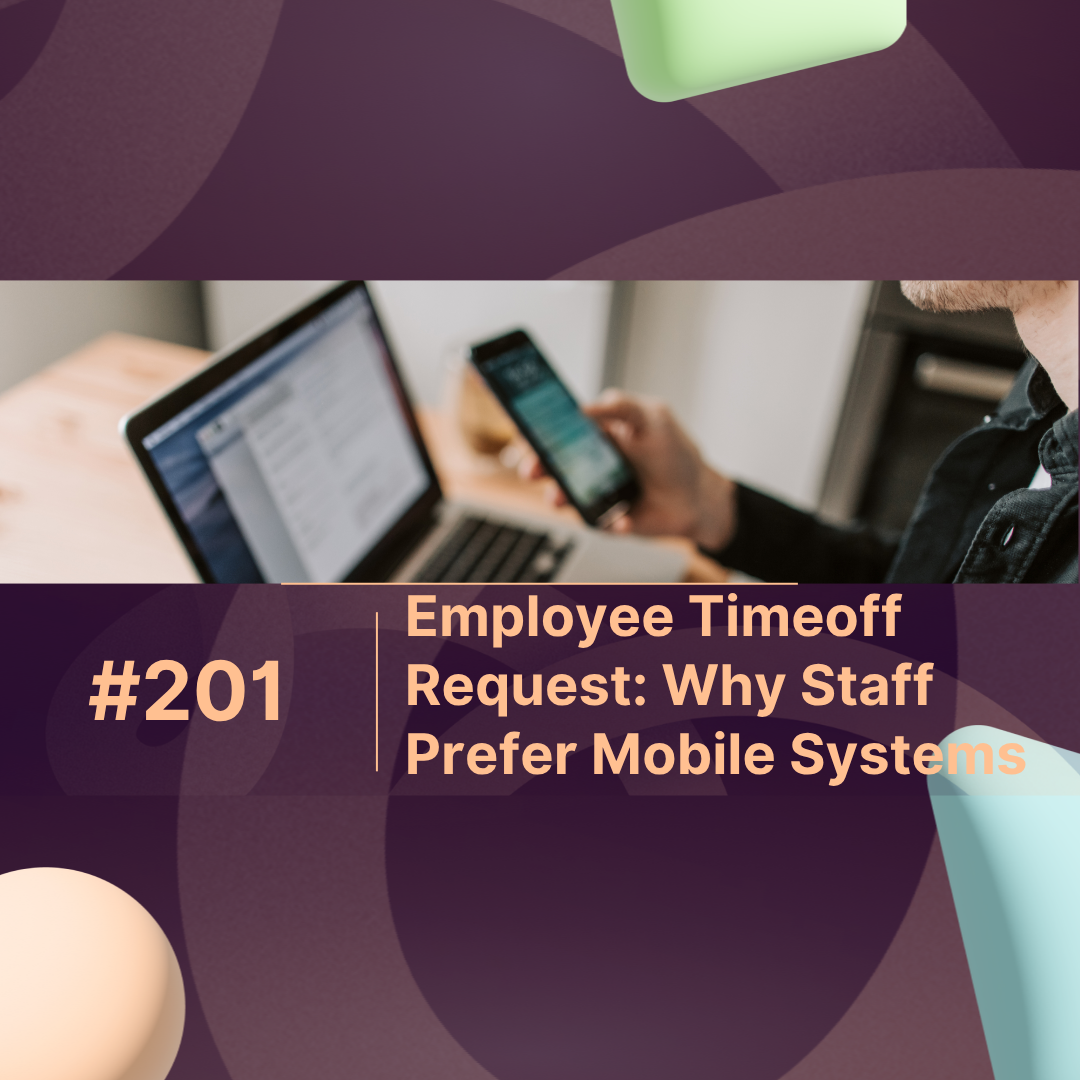In today’s fast-paced business environment, efficiency and employee engagement are key drivers of success. Organizations are constantly seeking ways to optimize processes and boost productivity. One effective solution to these challenges is the implementation of Human Resource Management Systems (HRMS) integrated with Employee Self-Service (ESS) portals. These tools not only streamline HR functions but also empower employees by giving them control over many aspects of their work life.
In this blog post, we’ll explore the significance of employment self-service through HRMS and how it benefits both organizations and their employees.
Understanding HRMS and Employee Self-Service
Human Resource Management Systems (HRMS) are comprehensive platforms designed to manage a range of HR activities. From payroll to performance management and recruitment, HRMS enables organizations to automate administrative tasks and keep employee data centralized. These systems have evolved significantly, now offering features that make HR operations more efficient and transparent. One of the standout components of modern HRMS is the Employee Self-Service (ESS) portal.
An ESS portal is a digital interface that allows employees to access, manage, and update their personal information without needing to rely on the HR department. Employees can view their pay stubs, manage leave requests, track attendance, and even enroll in benefits programs. These portals reduce the administrative burden on HR teams while enhancing the overall employee experience.
The Benefits of Employee Self-Service
The concept of employment self-service is reshaping how HR functions. Let’s explore how ESS portals within HRMS are transforming the workplace:
1. Increased Efficiency and Time Savings
One of the most significant benefits of an ESS portal is the reduction in administrative workload. Before the advent of self-service tools, employees had to contact HR for every request—whether it was a simple update to their personal information or a query about their leave balance. This back-and-forth took up valuable time, both for HR staff and employees.
With an ESS portal, employees can update their details, view their payment history, submit leave applications, and check their benefits information anytime, from anywhere. This not only saves time but also allows HR teams to focus on more strategic, high-value tasks rather than handling mundane administrative work.
2. Empowering Employees with Autonomy
An ESS portal gives employees greater control over their work life, promoting a sense of ownership and responsibility. By allowing employees to manage their data and tasks, they feel more empowered and trusted by the organization. This autonomy fosters a positive work culture, which can increase job satisfaction and engagement.
For example, rather than waiting for HR to send out reminders about upcoming training sessions, employees can log into their ESS portal and register for training at their convenience. This empowerment also applies to their personal data. If they change their address, they no longer need to submit a form to HR and wait for the update—they can do it themselves instantly.
3. Improved Accuracy and Transparency
With employees managing their own data, the risk of errors in HR records decreases. When personal information is updated by employees themselves, it minimizes the chance of miscommunication or inaccuracies that can arise from manual data entry. This leads to more accurate payroll processing, leave tracking, and other HR functions.
Transparency is another significant advantage. ESS portals provide employees with direct access to information about their pay, benefits, and leave, removing any uncertainty. Whether it’s understanding their tax deductions or seeing how much leave they have left, employees have the answers at their fingertips. This transparency builds trust between employees and the organization.
4. Enhanced Employee Engagement and Satisfaction
Giving employees the tools to manage their own tasks contributes to a positive workplace environment. ESS portals improve communication between employees and the HR department, enabling faster resolution of queries. Employees no longer feel the frustration of waiting days to get a simple answer, which enhances their overall experience with the organization.
Additionally, features like performance tracking within the HRMS help employees stay engaged with their career development. They can access their performance reviews, set goals, and track their progress over time, encouraging a sense of ownership over their professional growth.
5. Cost Savings for the Organization
While implementing an HRMS with an ESS portal requires an initial investment, the long-term savings are significant. Automating administrative tasks reduces the need for large HR teams, allowing organizations to operate more efficiently. By reducing paper-based processes and minimizing errors in payroll or benefits administration, companies save on both labor and operational costs.
Furthermore, improved employee engagement and satisfaction lead to higher retention rates, which in turn lowers the costs associated with recruiting and onboarding new employees.
Choosing the Right HRMS with ESS
When selecting an HRMS with an Employee Self-Service portal, organizations should consider the following factors:
- Ease of Use: The platform should be user-friendly for employees of all levels. Complex interfaces can deter employees from utilizing the system, negating the benefits of self-service.
- Mobile Access: With remote work and mobile technology becoming the norm, it’s essential that the ESS portal be accessible from mobile devices, enabling employees to manage their tasks on the go.
- Integration with Other Systems: The HRMS should integrate seamlessly with other business systems, such as payroll and benefits management, to ensure a smooth flow of data across the organization.
- Customization: Different organizations have unique needs, so the HRMS should offer customization options that align with the company’s specific HR processes.
Conclusion: Empowering Employees through Employment Self-Service
Employment self-service, powered by HRMS and ESS portals, is revolutionizing the way HR operates. By empowering employees to take control of their data and administrative tasks, organizations can improve efficiency, boost employee satisfaction, and drive long-term success. Not only do ESS portals reduce the workload for HR teams, but they also foster a positive, engaging work environment where employees feel valued and trusted.
As more companies recognize the benefits of employee self-service, it’s clear that this is not just a trend but a vital component of modern HR management. Implementing an HRMS with an intuitive ESS portal is a strategic move that can set organizations apart in today’s competitive business landscape.
Questions:
1. What is an Employee Self-Service (ESS) portal in HRMS?
An Employee Self-Service (ESS) portal is a digital tool integrated within Human Resource Management Systems (HRMS) that allows employees to access and manage their personal information and tasks independently. Employees can view their pay stubs, update personal information, submit leave requests, and enroll in benefits programs without needing to go through HR personnel.
2. How do ESS portals improve efficiency in the workplace?
ESS portals improve efficiency by allowing employees to perform routine tasks like updating personal information, checking leave balances, and accessing pay stubs directly, without involving the HR department. This reduces administrative workloads for HR teams and frees up time for both employees and HR professionals to focus on more strategic work.
3. How do ESS portals empower employees?
ESS portals empower employees by giving them control over their own data and work-related tasks. This autonomy fosters a sense of ownership and responsibility, which can lead to higher engagement, job satisfaction, and productivity. Employees feel more trusted by the organization when they can manage their information and requests directly.
4. What impact do ESS portals have on data accuracy and transparency?
ESS portals improve data accuracy by allowing employees to input and update their own information, reducing the chances of errors caused by miscommunication or manual data entry. Transparency is enhanced as employees can directly access their payroll, benefits, and performance information, fostering trust and clarity within the organization.
5. How can ESS portals enhance employee engagement?
Employee engagement is enhanced through ESS portals by providing tools for continuous performance tracking, goal-setting, and accessing personalized learning and development opportunities. Additionally, features like self-service feedback and access to personal work-related information contribute to a more engaged and satisfied workforce.
6. What are the cost-saving benefits of ESS portals for organizations?
ESS portals lead to cost savings by reducing the need for large HR teams and minimizing the operational costs associated with manual processes such as payroll and benefits management. Automation also reduces errors, which saves time and resources on correcting mistakes, and improved employee satisfaction and retention further reduce recruiting and onboarding
7. What factors should organizations consider when selecting an HRMS with an ESS portal?
Organizations should consider ease of use, mobile access, integration with other business systems (such as payroll or benefits), and customization options when selecting an HRMS with an ESS portal. A user-friendly interface ensures better adoption, while mobile access enables employees to manage tasks remotely. Integration ensures a smooth flow of data across systems, and customization allows the platform to meet specific organizational needs.



